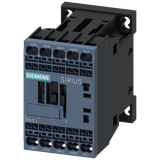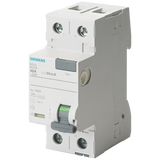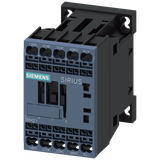Siemens Industrial Automation
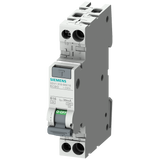
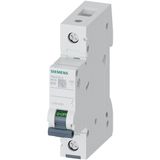
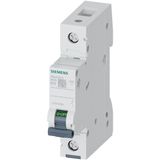
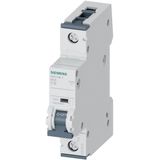


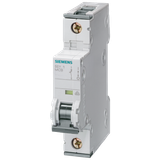
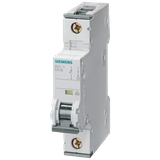
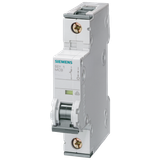

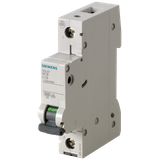
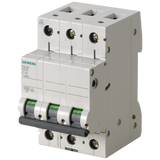
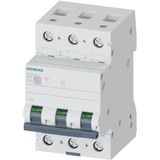

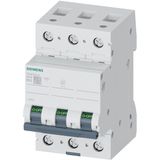

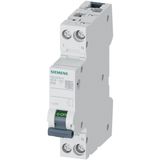

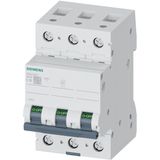

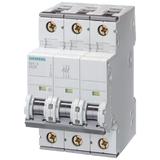
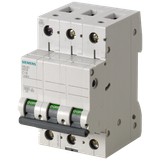
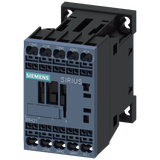

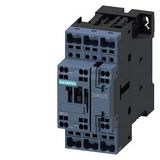

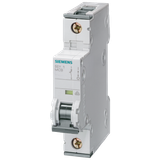


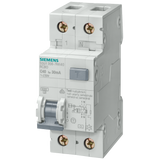
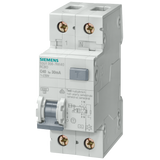


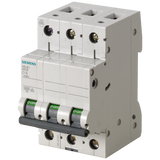
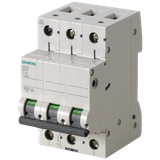
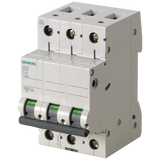


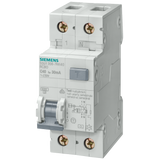
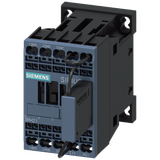

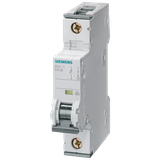
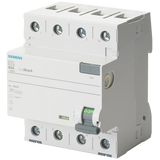
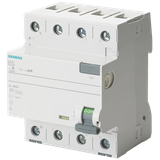


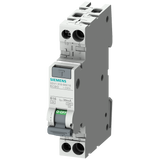
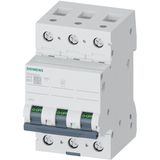
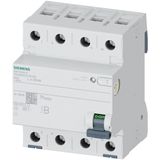
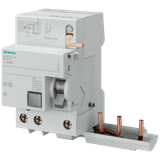
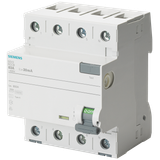
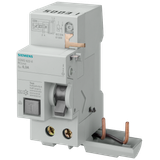

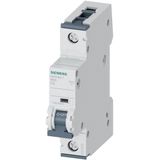

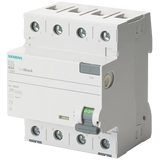

siemens automatics and control for factory cells and panels
Siemens is a safe choice when you need control hardware that installs cleanly, talks PROFINET/PROFIBUS without drama, and survives heat, dust, and vibration. The ecosystem spans PLCs, distributed I/O, HMIs, safety, and cabinet-level power/control components sized for real European switchboards. Most field and panel devices run 24 V DC logic, accept 35 mm DIN rail, and publish wiring diagrams that match IEC/EN practice—so drawings translate directly to the shop floor.
siemens industrial control systems portfolio and topology
Typical architectures pair a SIMATIC CPU (S7-1200 for small cells, S7-1500 for mid/large lines) with ET 200 distributed I/O on PROFINET. Motion islands add drive controllers via PROFINET or PROFIdrive; safety rides on PROFIsafe within the same cable plant. Common layouts are ring (MRP) or star, with time sync via IEEE 1588/PTP where traceability matters. Compact LOGO! logic modules still make sense for single-machine retrofits and utility skids. HMIs sit on the same network (TP/Comfort panels), exposing alarms and diagnostics from the controller and the I/O slices.
I/O, power, and cabinet building blocks
- PLC and I/O: 10…30 V DC supply, hot-swappable slices in ET 200 families, push-in terminals for 0.14…2.5 mm².
- Low-voltage power: 24 V DC PSU rails (single/parallel) with 120/240/480 W footprints; selective fuse breaking on the load side keeps faults localized.
- Safety: integrated safety CPUs and safe I/O (SIL 3/PL e capable) reduce door furniture and simplify EDM loops.
- Networking: embedded 2-port PROFINET switches on many modules; X-coded M12 at the machine, RJ45 in the cabinet. OPC UA and MQTT gateways bridge IT/OT where needed.
Technical specifications and standards
Control gear and devices follow the references you put on drawings:
- PLC & I/O: IEC/EN 61131-2 electrical characteristics; EMC to EN 61000-6-2/-4; typical ambient −20…+60 °C on field I/O, −25…+55 °C in cabinets.
- Safety: ISO 13849-1 (PL e) and IEC 61508 (SIL 3) capability for safety CPUs/slices; light-curtain and scanner links via PROFIsafe.
- Switchgear: IEC/EN 60947 series—60947-4-1 for contactors/overloads, 60947-5-1 for control-circuit devices, 60947-5-5 for E-stops.
- Panels: wiring and protective measures per IEC/EN 60204-1; ingress classes up to IP20 inside boards and IP65/66 on machine-mounted devices.
- Power quality: PSUs and drives document THD and hold-up; controllers meet EN 55011/EN 55032 emission classes used in industry.
Other Siemens products
Thermals are honest: CPUs and I/O list power dissipation (W), maximum backplane load, and derating curves with altitude. Use those when grouping slices—most cabinets run cooler if you split heat sources (PSUs, drives) from logic and I/O.
siemens relays and contactors ratings and coils
SIRIUS contactors and auxiliaries cover AC-3 motor duties and resistive loads without “creative” derating. Expect 3-pole frames from 9…95 A at 400 V (AC-3) in the compact sizes, with coil systems in 24 V DC, 110/120 V AC, and 230/240 V AC. Mechanical life: into the millions; electrical: 100–1 000 k cycles by category. Thermal overloads pair as Class 10/20; electronic overloads add ground-fault and phase-unbalance. Interface relays arrive as 6–12 mm blades (1CO/2CO) with LED/suppression built-in for fast marshaling. Solid-state relays take high-cycle tasks; spec heat sinks by ambient and enclosure rise.
Protection, measurement, and power distribution
Feeders use miniature breakers and motor-protective circuit breakers sized to IEC tables; selective coordination charts are published. Soft starters bridge DOL and VFD where limited inrush is required without introducing harmonics. Power meters (PM series) expose per-phase V/I, kW/kWh and harmonics on Modbus or PROFINET, helping you size PSUs and lighting loads from measured rather than assumed demand.
Applications and compatibility
- Packaging and bottling: S7-1500 + ET 200SP near actuators, IO-Link masters for smart sensors, quick-disconnect M12 at guards.
- Intralogistics: ringed PROFINET, distributed I/O in each conveyor zone, encoder inputs for merges/diverts, and CMS hooks for uptime data.
- Food & beverage: stainless housings and IP69K I/O at washdown; HMIs with smooth bezels.
- Machine tools/wood: fast discrete I/O, precise inductive sensing, coordinated axes on PROFINET.
- Utilities and HVAC skids: LOGO! or compact S7-1200 with a small HMI and a few analogs; remote access via secure gateways.
If your BOM already includes siemens automation devices on several OEM skids, parameter sets (GSDML, device templates, IO-Link profiles) keep behavior uniform across phases.
Integration with other brand products
The control stack lands cleanly beside drives, valves, and safety from third parties. Keep SELV/control separate from mains in divider trunking; bond shields 360° at entry plates. Use A-/X-coded M12 on the machine and RJ45/LC in panels and racks. Where you specify lighting or machine-integrated luminaires, reserve digital inputs for occupancy/daylight nodes; power meters feed dashboards over the same backbone.
Selection criteria for B2B clients with siemens automation equipment considerations
- Cell size and cycle time: S7-1200 for small/medium logic; S7-1500 for high I/O counts, fast tasks, coordinated motion, and integrated safety.
- Network: PROFINET (ring/star), IO-Link at the edge, and gateways to OPC UA/MQTT if IT/OT tie-in is in scope.
- I/O mix: analog density, specialty modules (RTD, SSI, PWM), and safe channels; leave 20–30 % headroom for late adds.
- Switching & starters: pick AC-3 frames by motor FLA and duty; choose soft-starter or VFD strategy early to size feeders and filters.
- Environment: IP class, washing chemistry, and ambient; specify coated PCBs and stainless hardware where needed.
- Serviceability: push-in terminals, coded jumpers, front diagnostics, and hot-swap I/O reduce MTTR.
- Documentation: fix tag conventions and device descriptions; publish firmware baselines to avoid mix-versions in year two.
Projects that call out siemens control gear for plant rooms should also lock coil voltage per row (24 V DC is cleanest) so night-shift swaps don’t mis-pick parts. Where modular skids repeat, order spares by full “function unit” (contactor + overload + aux) rather than loose items.
In safety and motion cells, keep expansion in mind. If the tender groups safety slices, servo nodes, and IO-Link masters under one line, call the plug-on siemens control modules explicitly in the schedule so expansion bays and backplane power budget are reserved from day one.
Advantages of working with Bankoflamps
We map CPUs, I/O slices, starters, and HMI sizes to your cell list, then show live EU stock before panel slots or shutdowns are booked. Quotations land in about an hour with EAN/MPN, so firmware levels, coil voltages, and frame sizes don’t drift mid-phase. Your portal exposes lead times, shipment status, and downloadable price lists; pricing validity is held to project gates. Approved clients can use post-payment up to 30 days. We consolidate by panel row or machine cell to cut freight and on-site sorting, and your account manager cross-checks I/O density, network topology, IP class, AC-3 frame, PSU margin, shield-bonding method, and labeling against your drawings—so crates arrive shop-ready and commissioning stays on schedule.
